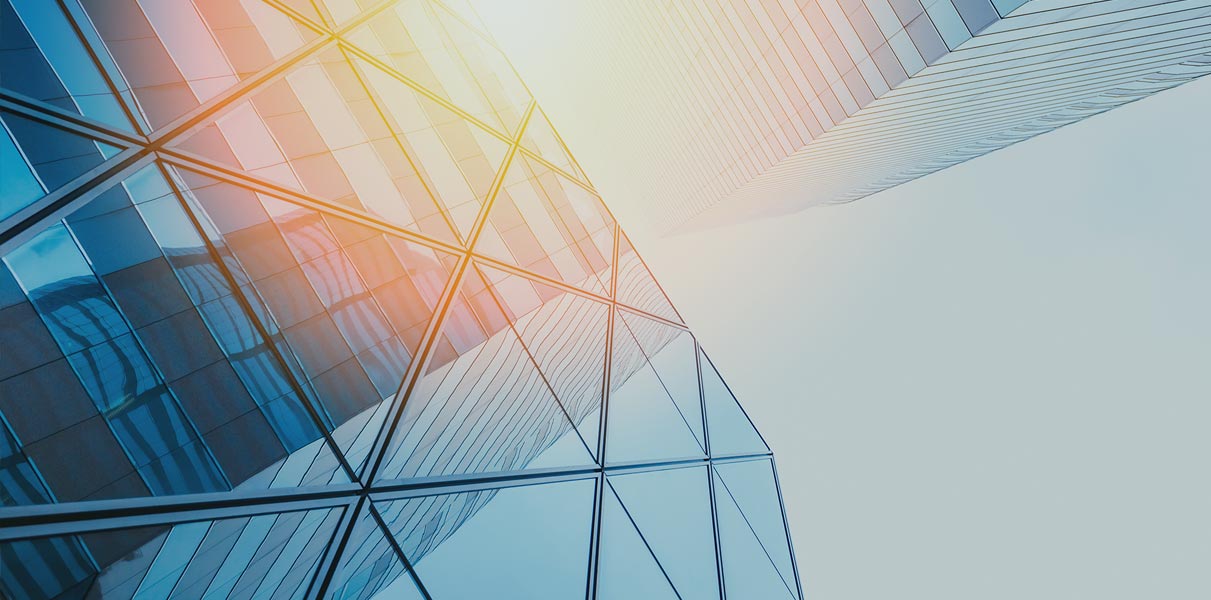Los Angeles, CA (March 26, 2024) - Green Econome is proud to announce that it has received the 2024 ENERGY STAR Partner of the Year Award from the U.S. Environmental Protection Agency for a second consecutive year.
Green Econome Founder and CEO, Marika Erdely reflects on the meaning of this award, “I am incredibly proud to be an ENERGY STAR Partner of the Year, two years in a row. Since founding this company in 2009 from scratch, to being acknowledged by the EPA for the quality work we do, I am very appreciative of the hard work and integrity of our team, and our clients who entrust us with their business. We have achieved this recognition together.”
Each year, the ENERGY STAR program honors a select group of businesses and organizations that have made outstanding contributions to energy efficiency and the transition to a clean energy economy. ENERGY STAR award winners lead their industries in the production, sale, and adoption of energy-efficient products, homes, buildings, services, and strategies. These efforts have saved more than five trillion kilowatt-hours of electricity over the past 30 years. In 2023, Green Econome benchmarked over 1,200 buildings, with 9 buildings earning their first-ever ENERGY STAR certification. Through ENERGY STAR® Portfolio Manager® web services, Green Econome introduced custom analytics and client reports in 2023, and is developing a client dashboard, further customizing how clients can view and interact with their building data.
“President Biden’s Investing in America agenda creates unprecedented opportunity to build a clean energy economy, and private sector partners through programs like ENERGY STAR are leading the way,” said EPA Administrator Michael S. Regan. “I congratulate this year’s ENERGY STAR award winners for their innovation and leadership, in delivering cost-effective energy-efficient solutions that create jobs, address climate change, and contribute to a healthier environment for all.”
Winners are selected from a network of thousands of ENERGY STAR partners. For a complete list of 2024 winners and more information about ENERGY STAR’s awards program, visit energystar.gov/awardwinners.















